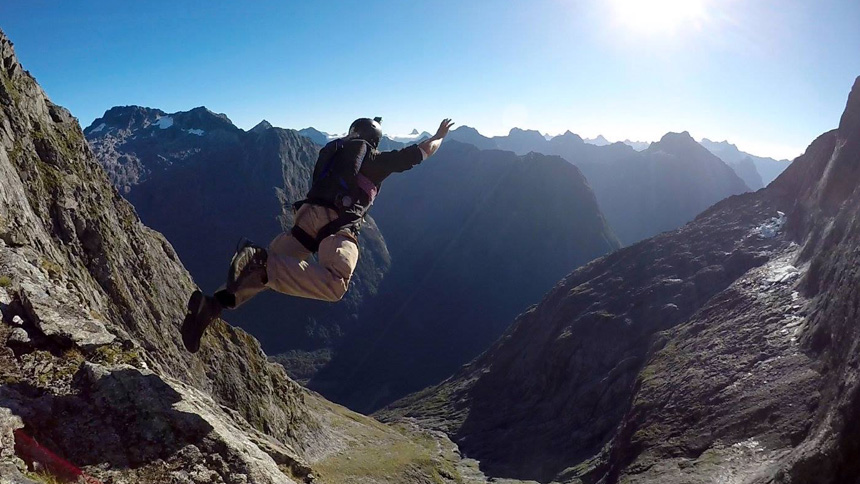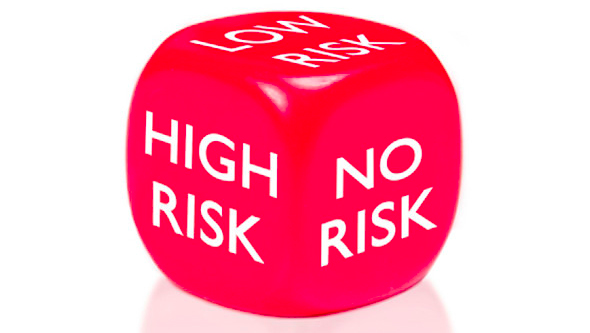
Article by Thomas D
Living is dangerous
We’re all dying, but most of us strive to stay alive for as long as possible. Still, many of us want to explore and experience as much as we can in this time. This often puts us at higher risk of adverse events than the average couch potato, but hopefully these activities also bring extra pleasure and excitement to our lives.
And how big are the risks anyway?
As Pheidippides found 2,500 years ago after collapsing and dying from his 26-mile run to announce the victory at the Battle of Marathon, it can end in more than sore feet”
David Spiegelhalter
Micromorts and the risk of living
In the seventies, researchers at Stanford came up with the micromort to help compare risk. A micromort is the risk out of a million of dying from a particular event. 1 micromort also happens to be about the daily risk of dying of external causes. So a micromort can be seen as the average ‘ration’ of lethal risk that people are exposed to daily, and which we should therefore not be unduly worried about. Of course, this average figure disguises huge variability. But 1 micromort per day – that’s the risk of living.

Are extreme sports extremely risky?
Well, maybe not. Skydiving is at 10 micromorts (see quote below). Scuba-diving is about the same at 8 micromorts. But so is a marathon. Or just 4 days in the life of a 30 year old, or 1 day in the life of a 50 year old. So at 50, skydiving is pretty much risk free (statistically, that’s not true, but it sounds cool that way). 10 micromorts is also roughly equivalent to the risk of a 100 km motorbike ride, or 4000 km in a car. Or having a general anaesthetic for emergency surgery – where 10 micromorts is the risk of dying just from causes related directly to the anaesthesia.

Statistical Risks of Parachuting & BASE
“The United States Parachute Association estimated that an average of 2.6 million jumps were made each year between 2000 and 2010. But it’s still not entirely without risk: over that period 279 people died, around 25 a year, giving a rate of about 10 micromorts per jump. Far more dangerous is BASE jumping, in which skydivers jump from fixed objects rather than planes. The Kjerag Massif in Norway is considered one of safest launching points as there is a shear 3,280ft (1,000m) drop which should give ample time to do something to soften the inevitable contact with the ground. Nevertheless, over 11 years and 20,850 jumps, there were 9 deaths and 82 non-fatal accidents: that is one death in every 2,300 jumps, or an average of around 430 micromorts a jump. And the Kjerag Massif is one of the safer spots: base jumping is not a mass-participation sport, for fairly obvious reasons, but 180 deaths have been recorded, increasingly featuring wingsuits.”
David Spiegelhalter, Professor of the Public Understanding of Risk, Cambridge University, UK

Extreme Mountaineering
But then there’s extreme mountaineering. Mount Everest is the classic example. From the first attempts before Hillary and Tenzing and up to 2011 there have been 219 deaths, which is 1 for every 25 that actually reach the summit. Of course many more climb, and die, than those that reach the summit. Out of the 20,000 mountaineers climbing above 8,000 metres in the Himalayas between 1990 and 2006, an estimated 238 people died, a rate of around 12,000 micromorts per climb. That’s over a thousand skydives.

BASE jumping
You can increase the risk of parachuting by jumping off a ground object instead of an aircraft. Base jumping from Kjerag outside Stavanger in Norway has a 430 micromort risk. But you can still jump off Kjerag 27 times instead of climbing an 8,000 metre peak in the Himalayas.
Managing and mitigating the risk
As we try to do in anaesthesia, it’s a good thing to be well trained and prepared. Doing an antartic expedition Scott-style will add a lot of micromorts to your risk.
When we look at extreme sports, there seems to be some natural level of risk – around 10 micromorts – that people are prepared to take on for a challenging and exciting leisure activity

Sub-Aqua
The British Sub-Aqua Club has halved the risk of fatalities from diving compared to non-members – 5 and 10 micromorts, respectively, implying that training and awareness helps. Similarly, you will probably find great differences in risk if you stratify the incidents in the mountain mortality review [and in skydiving and base jumping].
Putting it in perspective
The last word is that risk is not always what it seems and even then, you can do a lot to manage that risk. Putting perspective on risk puts life into perspective.
Source Article: Extreme Sports, Risk and Micromorts by Thomas D

